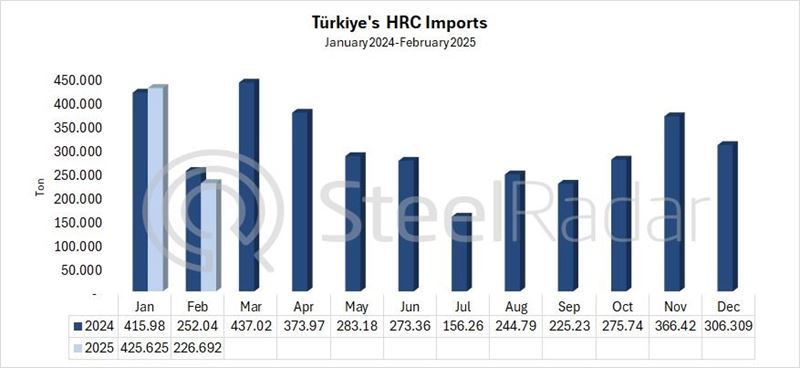A baseline tariff of 10% will now apply to most countries, while more than 60 nations will face higher rates. The most substantial impact will be on Asian economies, with China facing a combined tariff rate of 54%.
For the economies of the Eurasian Development Bank (EDB) member states, however, the impact is minimal:
-
Kazakhstan will face a 27% tariff—the highest in Central Asia. However, the United States accounts for only 3% of the country’s foreign trade. Moreover, 85% of Kazakhstan’s exports to the U.S. (primarily oil, uranium, and silver) are not subject to the new tariffs.
-
Armenia, Kyrgyzstan, and Tajikistan will face a 10% tariff. The U.S. share in their trade is relatively small: 1%, 3.9%, and 0.1%, respectively.
-
Russia and Belarus remain unaffected by the changes. Trade volumes with the United States are already approximately ten times lower than pre-pandemic levels and before the imposition of sanctions.
Despite the limited direct impact, indirect effects may still be significant:
- A weakened global economy could reduce demand for raw materials, negatively affecting the revenues of energy-exporting countries and slowing investment flows.
- Increased uncertainty and a decline in global business activity may lead to oil price volatility. In the event of further escalation in trade restrictions, oil prices could temporarily drop to $40–50 per barrel.
- Regional currencies may come under pressure due to heightened external economic risks.










Comments
No comment yet.